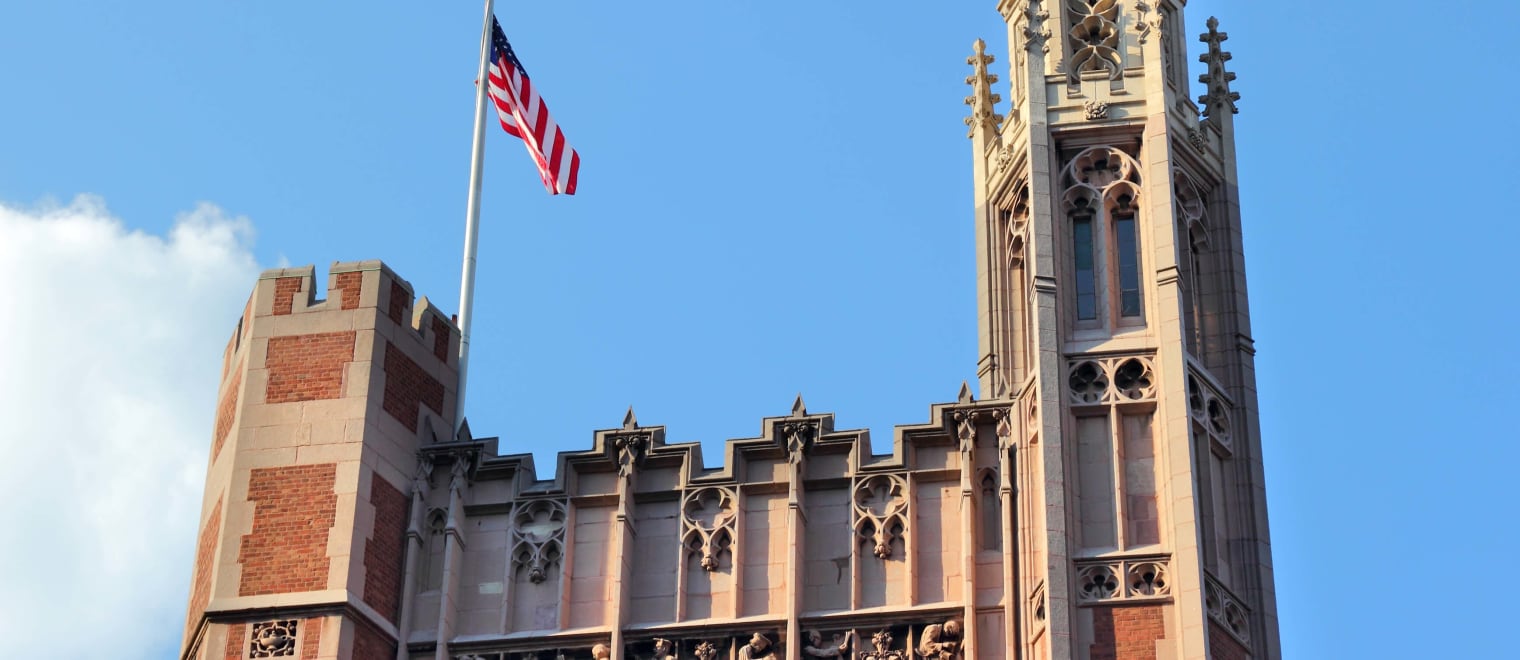This informal CPD article ‘Activities for US College Applications’ was provided by UES Education, specialists in international university and school admissions, working with top schools across the UK and Europe to provide a bespoke service for those who want the best possible application support in the UK.
Extracurricular activities–like drama, music, sport, work experience and internships, and other non-academic pursuits–are great ways for students to explore their creative and intellectual sides and build skills like leadership and teamwork. In contrast to UK universities, at US universities, involvement in extracurricular activities is viewed as an essential component, and it is crucial for teachers and schools supporting applications to US universities to be aware of the enhanced importance that activities have within US admissions.
The importance of extracurricular activities for US University applications
For UK applications, admissions officers will be focusing almost solely on a student’s academic credentials, seeing extracurricular activities as supplementary to these. In the US, admissions aren’t solely focused on grades and academics: they are holistic, meaning that factors like extracurricular activities, letters of recommendation, standardised test scores, and even demonstrated interest in attending the universities to which a student is applying are also part of the admissions decision. So, activities hold much more importance in US than UK applications: they are an important component, not a footnote.
However, students planning to apply to US universities shouldn’t haphazardly get involved with lots of random activities, hoping to impress admissions officers with a long list of things that they do! Instead, it’s best to be meaningfully involved with a few activities that show qualities like leadership, responsibility, resilience, passion, and commitment. Activities done in years 10 through 13 will be reviewed with students’ applications, and the greatest emphasis will be given to those with which students are still involved when applying in year 13. A great activity trajectory for a student might look like:
- Getting involved with an activity they love in year 9 or 10
- Building their involvement within the activity over time. This might look like spending more time on the activity, making improvements within it, or extending involvement with it (i.e. joining a local youth orchestra as well as a school’s, or coaching younger years in a sport)
- Eventually taking on a leadership role within the activity by year 13
How activities are assessed
The way that activities are assessed is through a short list thereof submitted along with the application. In the most popular application portal, the Common Application, students have space to list 10 activities and provide a short description of each one in 150 characters. Some colleges, like Lafayette College in Pennsylvania, are narrowing their focus to consider only six, acknowledging that lower-income students or those with family or caring responsibilities may not be able to access so many. Even if a college allows for 10 activities to be listed, it’s best to put the activities with which the student is most deeply involved at the top of the list, so that they will get admissions officers’ attention.
Knowing the importance of extracurricular activities is a crucial part of supporting successful US applications. Encouraging students to get involved with activities that are meaningful to them early on, to try out lots of things in years 9 and 10 to see which ones are the best fit for them, and to sustain their involvement in what they love is a great way to help them find their passions as well as setting them up for successful university applications.
We hope this article was helpful. For more information from UES Education, please visit their CPD Member Directory page. Alternatively, you can go to the CPD Industry Hubs for more articles, courses and events relevant to your Continuing Professional Development requirements.













